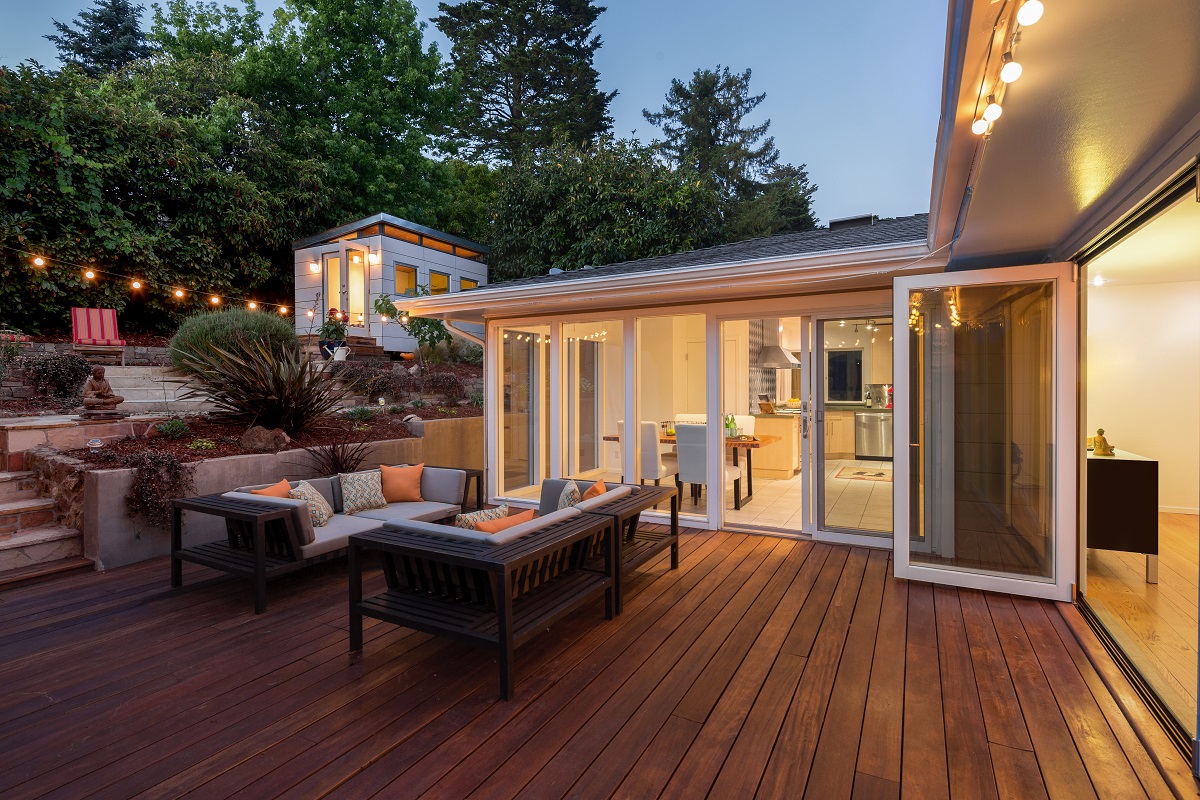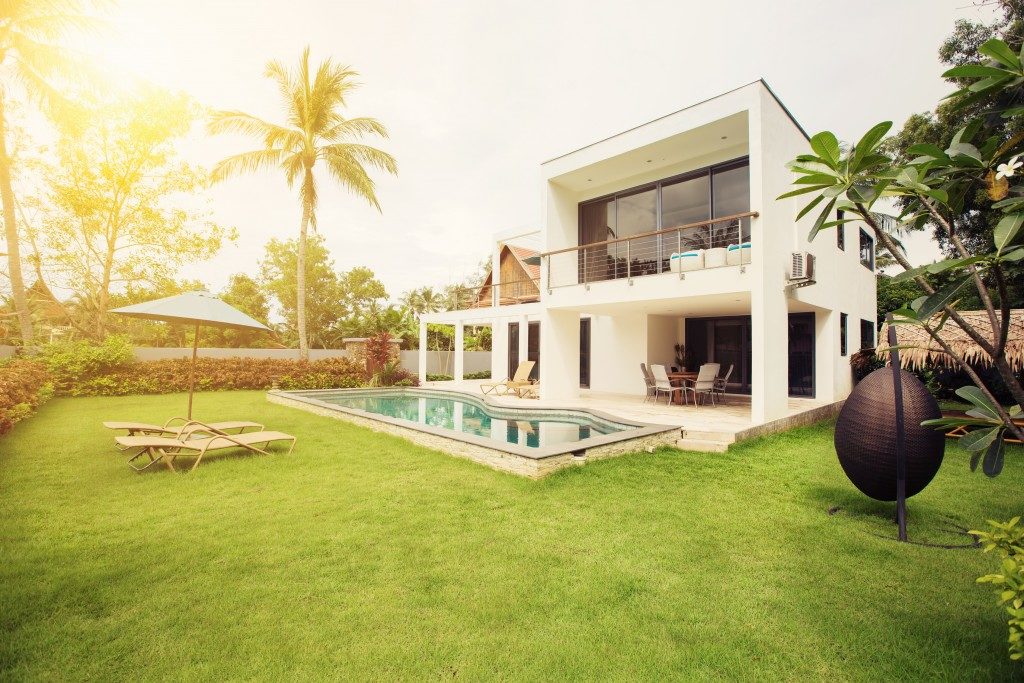Most outdoor areas lose a lot of aesthetic appeal because of one element that’s almost always overlooked: sightlines. These are simply the imaginary lines that trace what you see in front of you from where you stand. Because they’re invisible and so subtle, homeowners tend to forget them when planning. In some instances, they just don’t know how to use it to their advantage. But once you’re able to bring out the good sightlines in your space, especially in the outdoor area, you can very well enjoy good views, make the yard bigger than it is, and ensure a nice, smooth flow through and through. If you’re looking to revamp your space, here’s how you can incorporate more sightlines:
“Good views” don’t need to be so extravagant. It can simply be the gazebo at the far end of the space or the blue skies in between the tall trees. Basically, anything that catches your eye and holds your attention is a good view. Your goal for these sights is to be emphasized. Because then you’d be able to highlight further the imaginary lines leading up to these focal points.
How do you do just that? One, declutter. From where you usually see those visual points of interest, take out all the stuff blocking your view. Trim the overgrown hedges. Re-install fences elsewhere. Consider shorter plant species or simply keep your lawn free of anything. Two, frame the views. For this, you can use hardscaping materials like moon gates, stone archways, or portals. These are perfect for framing water features, like pools. If you’re planning to have a custom pool, swimming pool builders in Utah can help make yours a nice, breathtaking view in the yard.

Trace sightlines with actual lines.
In other words, add linear features. Use pavers, for instance. Lay down wood mulch as a pathway. Build a water rill. These elements can help define sightlines better. One thing you should keep in mind though when incorporating linear features is, there are many types of lines you can introduce. Don’t be boxed with the typical vertical lines. Your backyard will look monotonous if you stick to such.
Depending on where your focal point is, use horizontal pavers or stone strips to make the illusion of expanded space. Show off some curvy lines, too, in the pathways to soften up the straight lines. Then, add more visual interest with zigzags in the mini bridges you’ll create. The combination of all these lines can help in bringing out better aesthetics in your outdoor area.
Treat people to a nice viewing spot.
There’s no better way to make people appreciate your good sightlines than dedicate a space for them to do such. Make them stop on their tracks literally and bask in the view they’re seeing. When it comes to sightlines that lead to broad views, say the sunset or the mountains, put a bench or a pair of chairs where the sightline starts, where the views are most frequently seen. As for sightlines that draw attention to small, confined spaces — let’s say, a meditation zone, your seating area should be at the end of the sightline. It will serve as a focal point, at the same time, an element to entice people to appreciate the space.
Look around your space and see if you’ve emphasized good sightlines. If not, then it’s time to change things up. Take note of these design moves in your planning.

